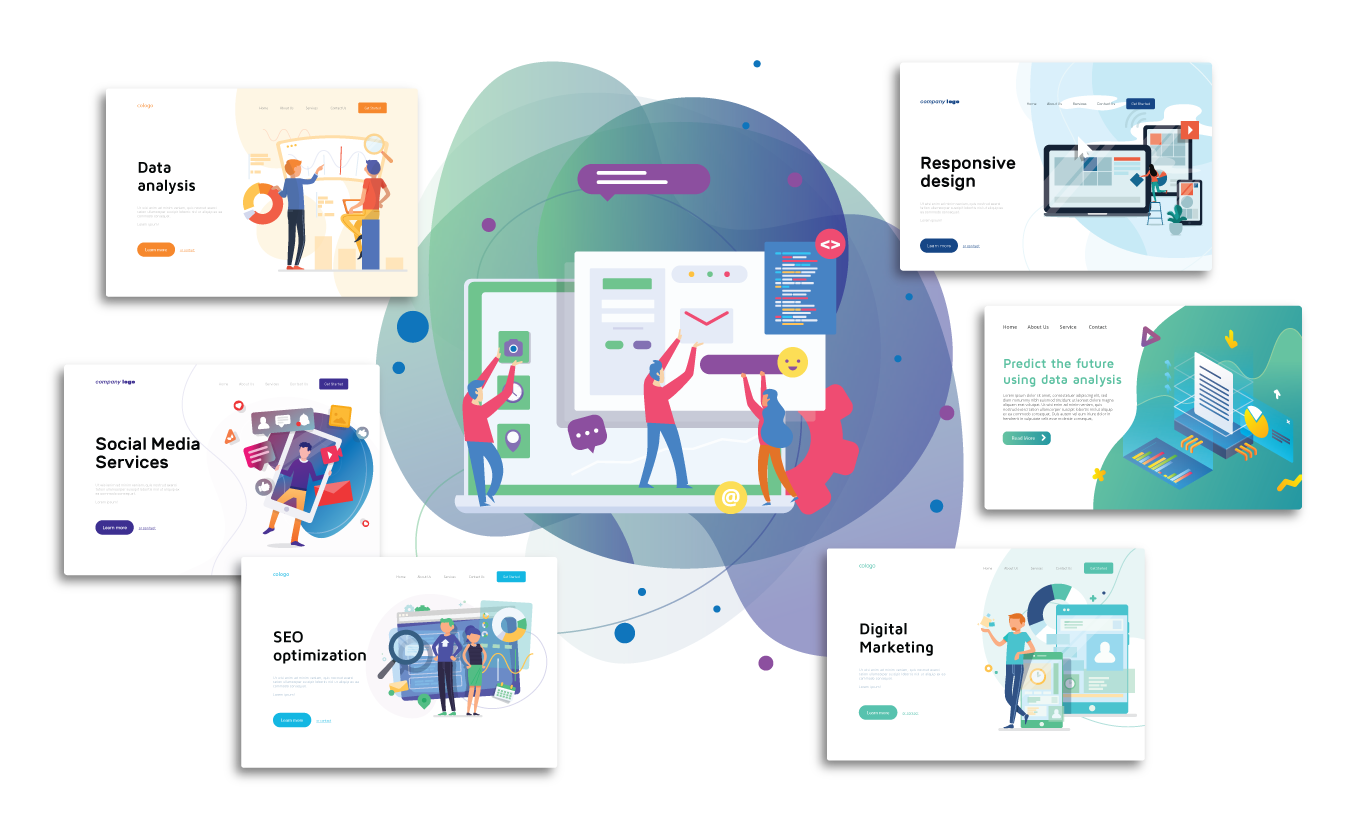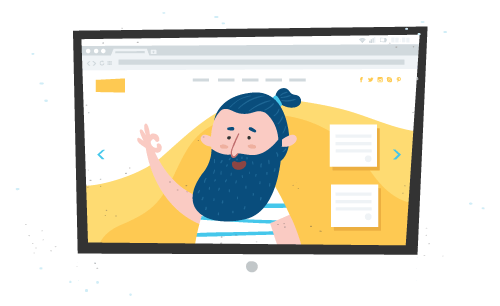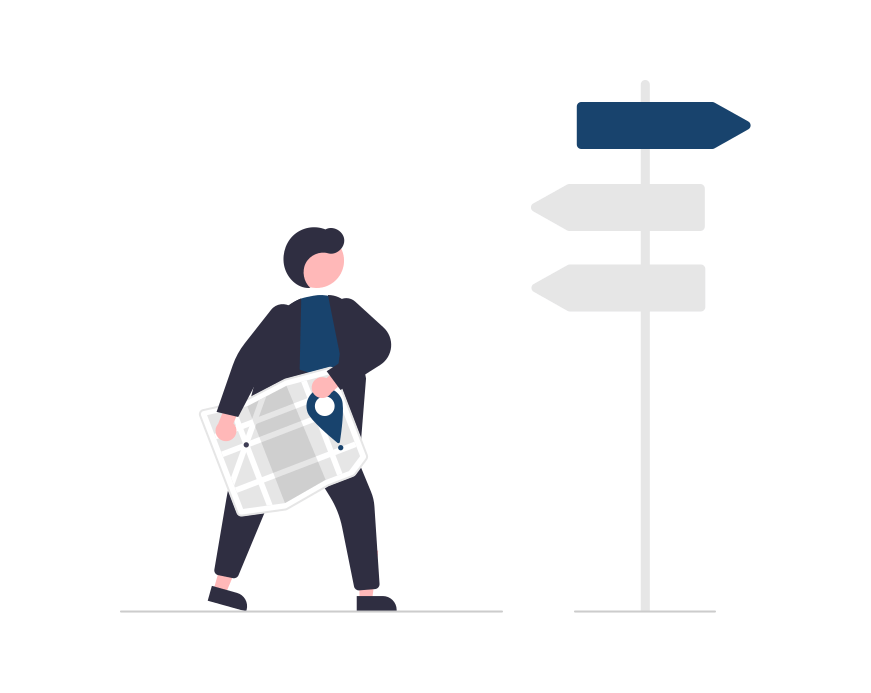A Guide on How to Build A Successful Online Store
The E-commerce industry is taking over traditional retail as Filipino consumers are buying more online. The Covid-19 Pandemic launches it to a great trajectory, and now forecasts say that the Philippine e-commerce industry will grow at $12 billion by 2025. The changing behavior of the market creates a new opportunity for entrepreneurs to earn revenue and realize their businesses' full potential in the digital world.
Building an online store is way easier compared to building a brick-and-mortar one. But like any other business, without a comprehensive plan, market research, and strategic framework, a business won't be likely to succeed. It's critical for any seller or SME to understand how to build an online store efficiently. Read on to know the proper steps to partake in this new venture as an online seller in the Philippines.

Kick-Off Your E-Commerce Business by Answering These Questions
Putting your business online is a suitable catalyst for optimum business development. To build a business, it is vital to have a plan which you can start by answering the following questions. As you answer each one, the direction of your business becomes clear.
What Will I Sell?
All businesses start with an idea. The idea is to make products or services that emulate your passion or expertise. For some, they come up with products that serve as a solution to a problem. Whatever your product is, you must be specific on what type of product/s you want to sell for efficient business positioning and market targeting. In choosing products, ensure that you have a market that demands them and you can supply it competently. Also, take in mind that the more products you want to sell, the more extensive research you need.

To make your product decision-making better, you need to position yourself from your customer's perspective. Ask yourself some basic questions like:
- What advantages will I get from buying this product?
- Do I need it, or do I want it?
- What's in it for me?
- Is it worth it? How much money am I willing to pay for it?
Answering these questions will help you get a better view of strategies you can sell the product. It will help you realize the branding you can do to market it to the right people. For some who don't know what to sell, you can generate ideas through online tools like Google Trends, Google Keyword Planner, and Facebook Marketplace.

For Facebook Marketplace, join Facebook groups or type in LF (looking for) to get collective data on what people are intently searching for. Meanwhile, Google Keyword Planner helps you find ideas by showing different keywords/products people are searching for within your chosen area. Google Trends then gives you an analysis of the product's popularity over time.
TIP: You can also search top-selling product categories in different online shopping platforms.
Who Will Buy My Product?

The next step is to analyze the market. You need to know your customer's behavior and your competitors too that are selling similar products. Knowing these two pieces of information can help you come up with a sustainable business plan. The data you need to collect are the following:
- Interest
- Age
- Location
- Gender
- Income
- Work/ Occupation
- Marital Status
- Education
- Lifestyle
- Religion
- Amount spent time online
Who Will Supply My Products?

There are two ways to procure your product which are manufacturing and drop shipping. Manufacturing means you will create your product or have a supplier fabricate the product according to your specs and branding. On the contrary, dropshipping is a type of business model where you, as the seller, post items for sale on your e-store without having the actual product in stock. Instead, your third-party supplier will be the one to fulfill and send the orders to customers who placed bought from your e-store.
Both options have their advantages and disadvantages. For manufactured products, though it will require you to spend more and invest in product development, you have full control over the product's quality and branding. On the other hand, Dropshipping will entail lower costs,but you may not have full control over the quality and the inventory. Your choice will depend on the type of business and market you have, how much capital on hand you got and how much time you want to invest in your business. Dropshipping in the Philippines is already a popular choice among the younger generation of sellers. Here's a podcast that can help you understand it better:
It's critical to scout a reliable supplier of your product. Ultimately, your supplier choice will affect your business cash flow, operation costs, logistics fee, product prices, and profit margin. There are multiple ways in finding a supplier, like searching in Facebook groups and posts using keywords like wholesale, supplier, direct supplier, and so on. You can also go to trade shows and conventions related to your industry. Some will even source products in Binondo, Quiapo, and Dapitan. But for most, they get suppliers from the following:
- Alibaba (for wholesale and bulk orders); Ali Express (low minimum order requirement)
- EC Plaza
- Sale Hoo and Worldwide Brands
- Global Sources
TIP: Ask for sample products before buying in bulk to check if the quality is within your standard.
Where Do I Sell My Products Online?
A lot of e-commerce platforms or e-commerce marketplace are available where you can open your online store. The platform where you sell your products is important in reaching your target demographics.

Here are the top online shopping platform in the Philippines:
- Lazada
- Shopee
- Zalora
- Facebook Marketplace-a better choice if you sell perishable goods.
- Carousell- mainly used for second-hand items
You can easily set-up your store through these e-commerce platforms. Just register for free, fulfill requirements, set-up your store by following each of the platforms' guide, and you can start earning. The cost to start is relatively low, and you will be able to reach many potential buyers with their millions of active users engaging in the platform. Several integrated analytics are also in the platform, which helps determine how your products are perceived and data on customers' demographics. If you’re ready to build an online store on one of these platforms,check out our step-by-step guides in opening a Lazada and Shopee Store.

Besides using eCommerce platforms, you can also set up your eCommerce website. One of the most popular where you can set it up is Shopify. With a website, you can design it consistent with your brand identity, and you can plan different digital marketing strategies to grow your business optimally. Compared to e-commerce platforms, website development is more complicated. For this, you can learn it through online tutorials or better if you hire a website developer. Shopify partners in the Philippines are searchable online, so you can scout which ones can meet your business's needs.
To get you inspired, here's one among many success stories of sellers from Lazada.
TIP: Entrepreneurs who want more conversion of sales sell on multiple channels. This way, they can reach more customers they are targeting and even untapped markets that can be potential buyers.
How Will Customers Know My Business?
First and foremost, you need to establish a brand. Having a visual representation of your e-store can help people recognize it and will define where you position yourself in the industry. With an effective brand, you will be able to capture your market, converting to sales.

For your brand to raise awareness, you need to have a strategic marketing plan in place. Marketing an online business has a different approach compared to traditional marketing. The presence of your business online will mean everything. You can start your branding by coming up with the following:
- Color scheme
- Logo and Font (Typography)
- Business Taglines/ Slogan
- Social Media Accounts (Twitter, Facebook, Instagram, Tiktok, and Youtube)
- Product Layouts/ Pictures
- Social Media Templates

Digital marketing is the collective term for strategies used in promoting your e-store. These include email marketing, social media marketing, content writing, and SEO (Search Engine Optimization). You may invest time to learn how the algorithms work but hiring an expert digital marketing team will help you develop in-depth strategies that will work best for your e-store. Marketing is not a one-time thing but a continuous effort to reach out to your market, manage your brand reputation, and aim for business growth.
Establish Your Online Store Starting Today
Most Filipinos aspire to own a business. With the power of the internet and accessibility to mobile phones and computers, it is easy to do it now. As the e-commerce industry thrives, strike while the iron is hot! Get started and explore the different ways you can earn by selling online. Maximize all the channels and tools to get your business to a greater level. Following this guide will help you start your e-business seamlessly.
Establish Your Online Store Starting Today
Thinking of starting your campaign? Let us help.
Our team at LOKAL will help you scope out your web design project, provide analysis on your existing marketing status, or do initial scoping on your long-term marketing campaign.
You can also send us an email at hello@agencylokal.ph.
Sign up to our newsletter
We will get back to you as soon as possible
Please try again later
De Jesus Oval, Bonifacio Global City, 1630, Taguig City, Philippines
Phone: 02-8-231-2227
Email: hello@agencylokal.ph
www.agencylokal.ph
LOKAL is a Filipino web design, e-commerce development, marketing and product consulting agency focused on effective campaigns that bring real results to clients. Heavily invested in testing, research, and experimentation, LOKAL - built campaigns bring actual customers to client's physical locations, increases product market penetration, and generate revenues for clients.

